The 10 Best Dividend Stocks of All Time
Dividends play an unsurprisingly prominent role when it comes to long-term wealth creation.


Dividends play an unsurprisingly prominent role when it comes to long-term wealth creation. Indeed, take a look at the best stocks of all time, and you'll see that most of them have long histories of returning cash to shareholders through regular dividend payments.
We know this thanks to research by a finance professor who made a startling discovery about the stock market: Over a 90-year span, 96% of all stocks collectively performed no better than risk-free one-month Treasury bills. After analyzing the lifetime returns of 25,967 common stocks, Hendrik Bessembinder, of Arizona State University's W. P. Carey School of Business, determined that just 1,092 of those stocks -- or about 4% of the total -- generated all of the $34.8 trillion in wealth created for shareholders by the stock market between July 1926 and December 2016. Even more striking, a mere 50 stocks accounted for well over one-third (39.3%) of that amount.
Although price appreciation did much of the heavy lifting, dividends played a key role in wealth creation, as well.
Now, here's a look at the 10 best-performing dividend payers since 1926, culled from these top-50 stocks.
Disclaimer
Stocks are listed in reverse order of the dollar amount of lifetime wealth creation, which includes reinvested dividends. Dividend yields are calculated by annualizing the most recent quarterly payout and dividing by the share price. Current stock data as of April 16. Analysts' ratings provided by Zacks. For more details on Bessembinder's study methodology and findings, download a copy of his paper, "Do Stocks Outperform Treasury Bills?"

#10: Procter & Gamble
- Lifetime wealth creation: $355.0 billion
- Annualized return (September 1929-December 2016): 10.5%
- Current dividend yield: 3.5%
- Current analyst ratings: 6 strong buy, 1 buy, 6 hold, 0 sell, 1 strong sell
When it comes to income investing, Procter & Gamble (PG, $78.61) is synonymous with reliability. P&G, which has been in the Dow Jones Industrial Average since 1932, has paid shareholders a dividend since 1891 and has raised its dividend annually for 61 years in a row. Few stocks are as venerable and dependable. P&G's products are also known for reliability. The company owns some of the best-known brands in the business including Charmin toilet paper, Crest toothpaste, Tide laundry detergent, Pampers diapers and Gillette razors.
Despite selling consumer staples that are supposed to be less sensitive to the ups and downs of the economy, Procter & Gamble is sensitive to competition. The growing popularity of discount retailers stocking cheaper store brands has been particularly challenging. Look to the stock price for proof: Shares in P&G have lost 2% in the last five years versus a 65% gain for the Dow.

#9: Walmart
- Lifetime wealth creation: $368.2 billion
- Annualized return (December 1972-December 2016): 18.4%
- Current dividend yield: 2.4%
- Current analyst ratings: 10 strong buy, 0 buy, 14 hold, 0 sell, 0 strong sell
It stands to reason that the world's largest retailer happens to have one of the best-performing stocks over the long haul. But it's been a long road to greatness. At the close of its first day of trading on the New York Stock Exchange in 1972, Walmart (WMT, $86.84) was worth 4 cents a share, adjusted for splits and dividends. From humble beginnings as a single discount store, Walmart now operates more than 11,600 retail locations around the globe and employs 2.3 million workers.
The emergence of Amazon (AMZN), in particular, as a competitor has prompted Walmart to invest heavily in its e-commerce business, and the early returns from these efforts look promising. In February, the company dropped "Stores" from its corporate name in a bid to move its image beyond its brick-and-mortar origins. A component of the Dow since 1997, Walmart has increased its dividend every year since 1974.
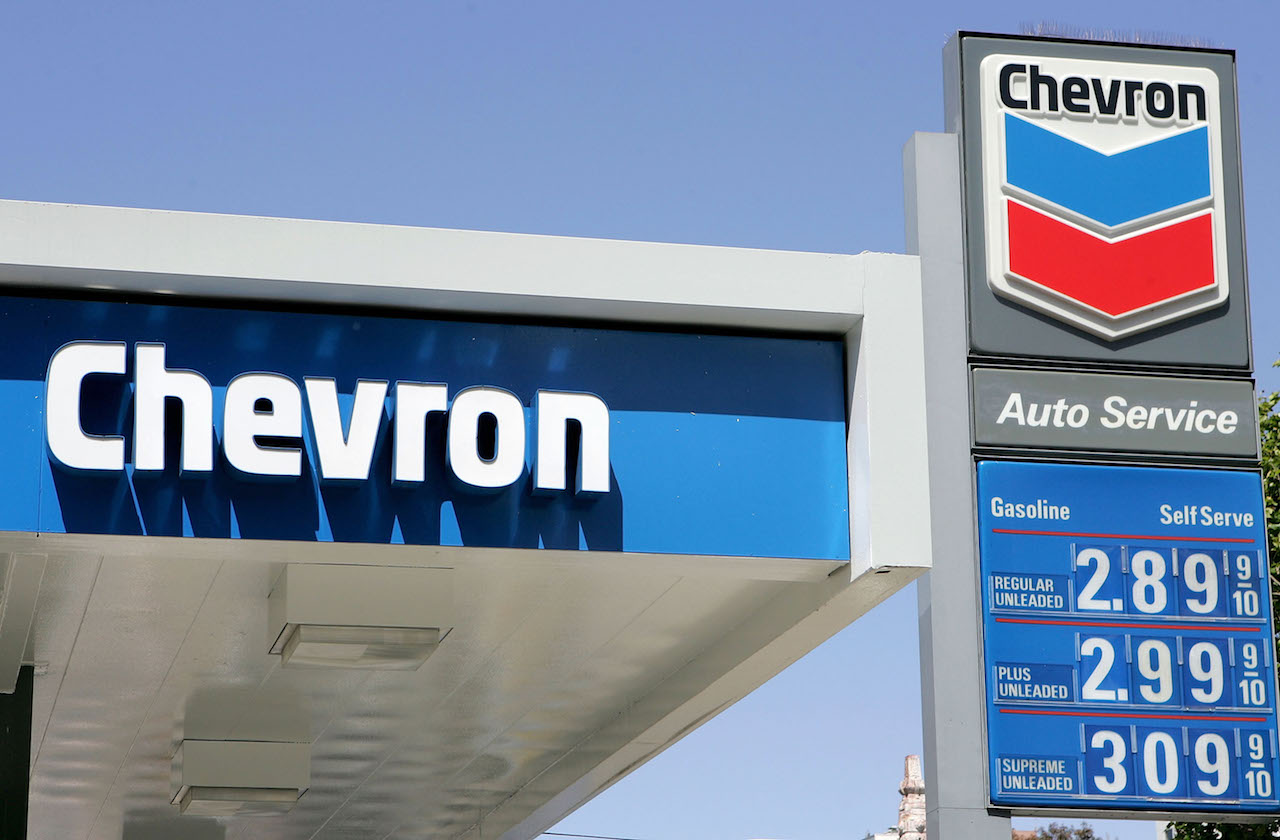
#8: Chevron
- Lifetime wealth creation: $390.4 billion
- Annualized return (July 1926-December 2016): 11.0%
- Current dividend yield: 3.7%
- Current analyst ratings: 13 strong buy, 0 buy, 4 hold, 0 sell, 0 strong sell
- Chevron (CVX, $120.70) is yet another member of the Dow delivering a disproportionate share of the stock market's wealth creation since 1926. It's also been a reliable deliverer of dividend income. With 30 consecutive years of annual growth in its cash payouts to shareholders, Chevron's track record instills confidence that the dividend will continue to rise well into the future.
Chevron's origins as a company date back to the 19th century and run through John D. Rockefeller's legendary oil empire. Chevron operated for decades as Standard Oil of California, though the Chevron brand was used on products as far back as the 1930s. The corporate name didn't officially change to Chevron Corp. until 2005. (Immediately prior to that, the company was known as ChevronTexaco in recognition of its 2001 merger with Texaco.) Chevron, under its various names, was a component of the Dow from 1930 to 1999, and then again from 2008 to the present.
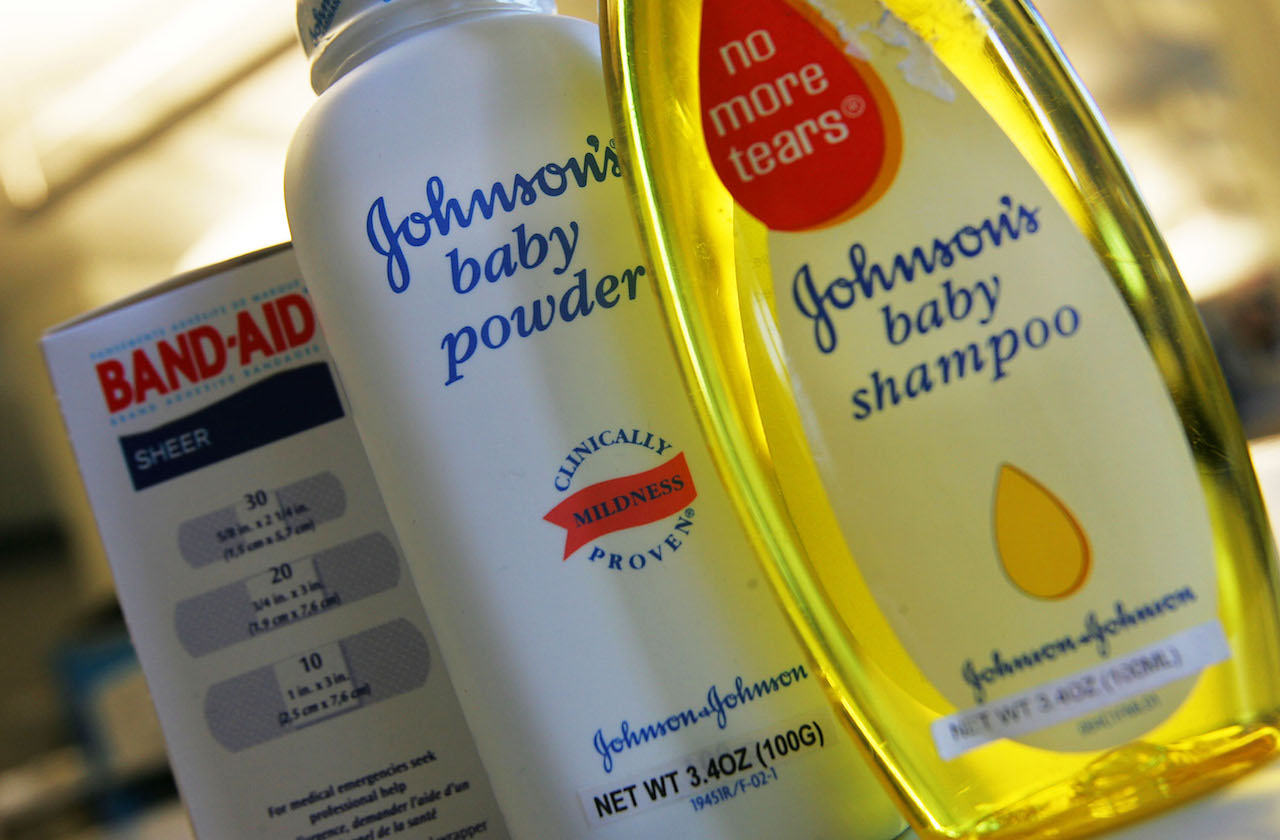
#7: Johnson & Johnson
- Lifetime wealth creation: $426.2 billion
- Annualized return (October 1944-December 2016): 15.5%
- Current dividend yield: 2.6%
- Current analyst ratings: 8 strong buy, 2 buy, 6 hold, 0 sell, 2 strong sell
- Johnson & Johnson (JNJ, $131.86) operates in several different areas of health care, including pharmaceutical products and medical devices. The company is best-known, however, for its over-the-counter consumer brands including Listerine mouthwash, Tylenol pain reliever and Johnson's Baby shampoo. J&J has been at the health-care game for a very long time. Founded in 1886 by three brothers, the company created the first commercial first aid kits and it was the first to mass-produce dental floss – all before 1900. Its iconic Band-Aid bandages hit the market in 1921.
Somewhat surprisingly, J&J wasn't added to the Dow until 1997, even though shares had been publicly traded since 1944. The ever-rising dividend, along with the popularity of its products, eventually made the stock too conspicuous to ignore. J&J has increased the amount of its annual cash payout to shareholders every year since 1963.
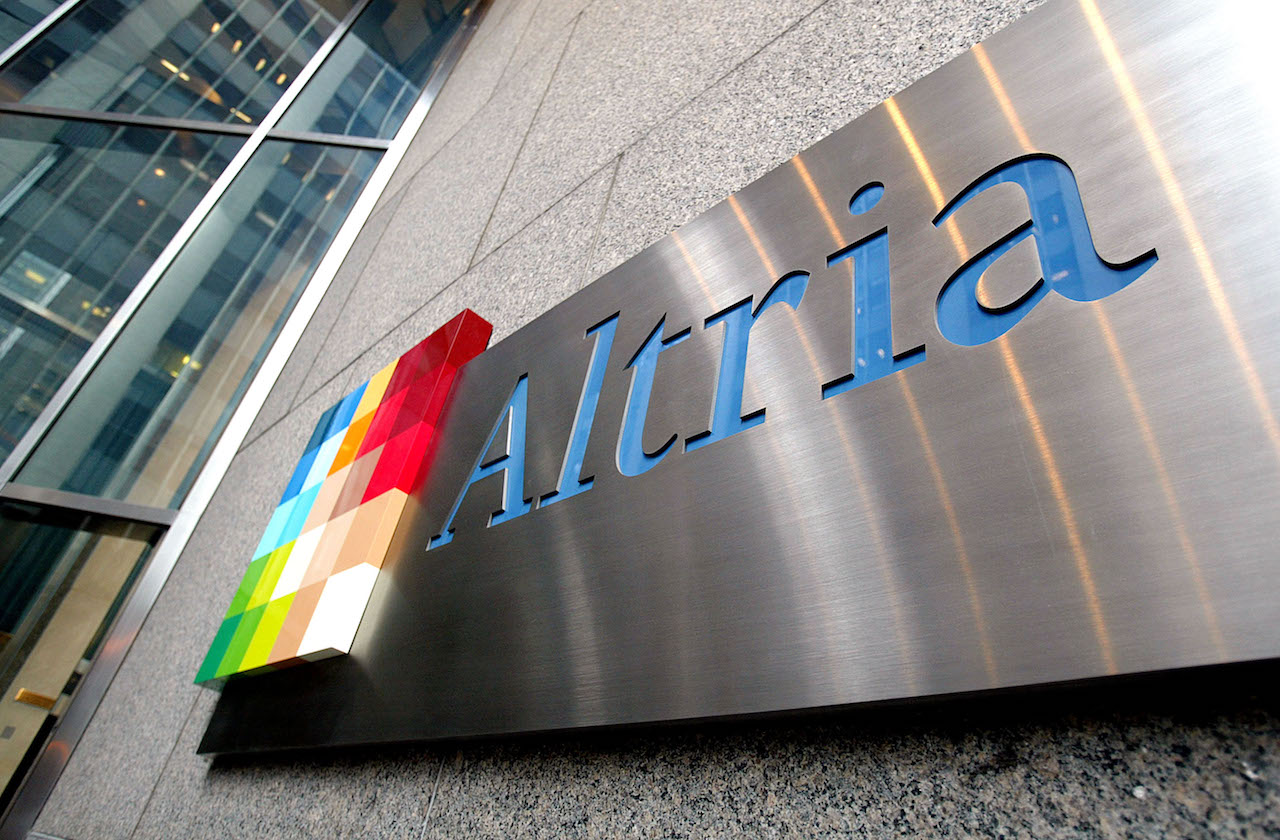
#6: Altria
- Lifetime wealth creation: $470.2 billion
- Annualized return (July 1926-December 2016): 17.7%
- Current dividend yield: 4.1%
- Current analyst ratings: 10 strong buy, 0 buy, 3 hold, 0 sell, 0 strong sell
- Altria's (MO, $64.25) origins can be traced back to a 19th century tobacco shop in London. Today, the company's operating businesses continue to focus on tobacco including cigarettes (Philip Morris USA), smokeless tobacco (U.S. Smokeless Tobacco) and cigars (John Middleton). Altria also owns St. Michelle Wine Estates, a major wine producer. The company is best known for its iconic Marlboro brand of cigarettes, but at one time or another Altria and its predecessors had a hand in other famous names including Miller Brewing and Kraft Foods.
The stock originally joined the Dow in 1985, when the company was called Philip Morris Cos. The name changed to Altria in 2003, and the stock was replaced in the Dow in 2008. Philip Morris International (PM) is a separate publicly traded company that was spun off from Altria in 2008 to sell cigarettes outside the U.S.
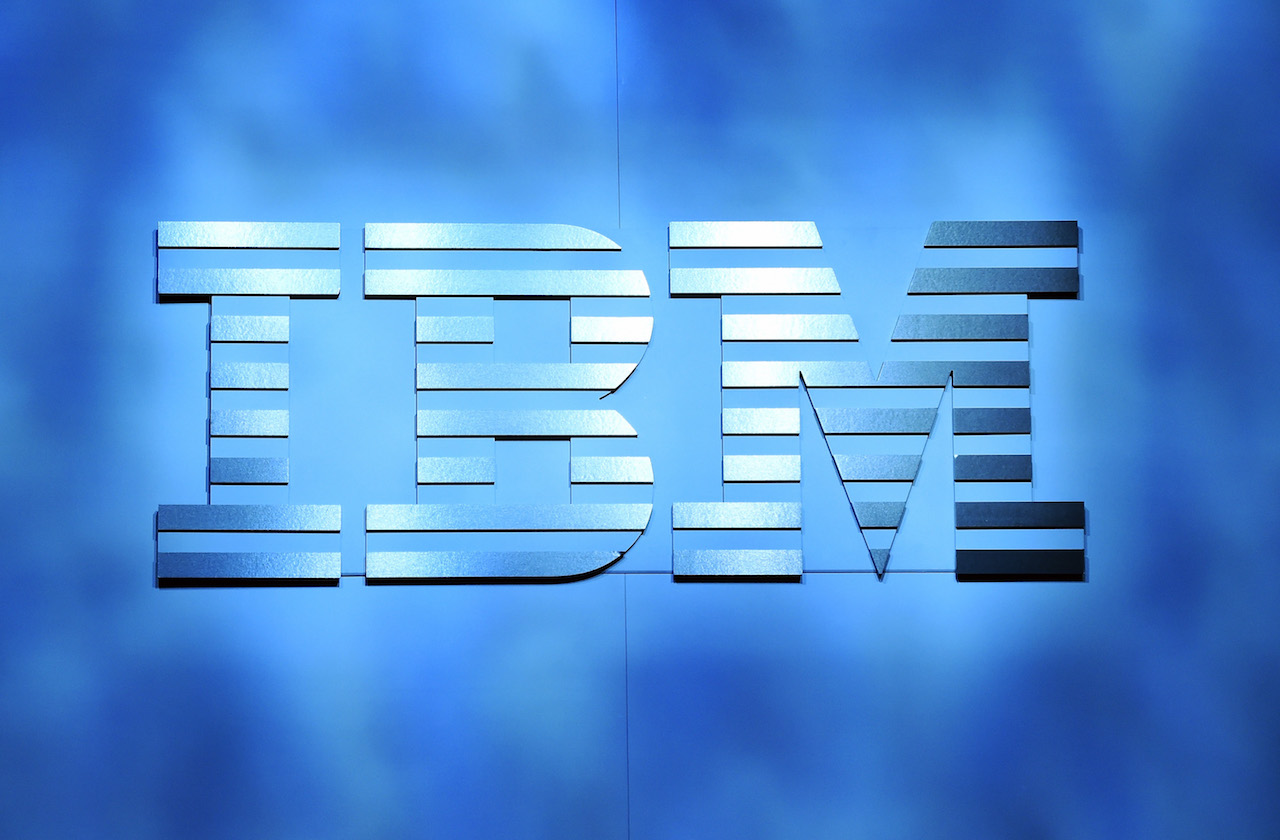
#5: International Business Machines
- Lifetime wealth creation: $520.2 billion
- Annualized return (July 1926-December 2016): 13.8%
- Current dividend yield: 3.9%
- Current analyst ratings: 3 strong buy, 2 buy, 11 hold, 0 sell, 1 strong sell
Think of International Business Machines (IBM, $157.89) as the granddaddy of tech stocks. The company, which began operating under its current moniker in 1924, was originally included in the Dow from 1932 to 1939. It was added back to the industrial average in 1979 and remains a component to this day. In many ways, IBM's history is a history of 20th century technological progress.
As for the current century, it's a tougher call. IBM produces computer hardware and software for businesses. Consulting is another important area of operation. However, cloud-based services appear to be the future, and IBM has no shortage of competition. Amazon, Microsoft (MSFT) and Google (GOOGL) are just some of the well-known tech companies jostling for space.
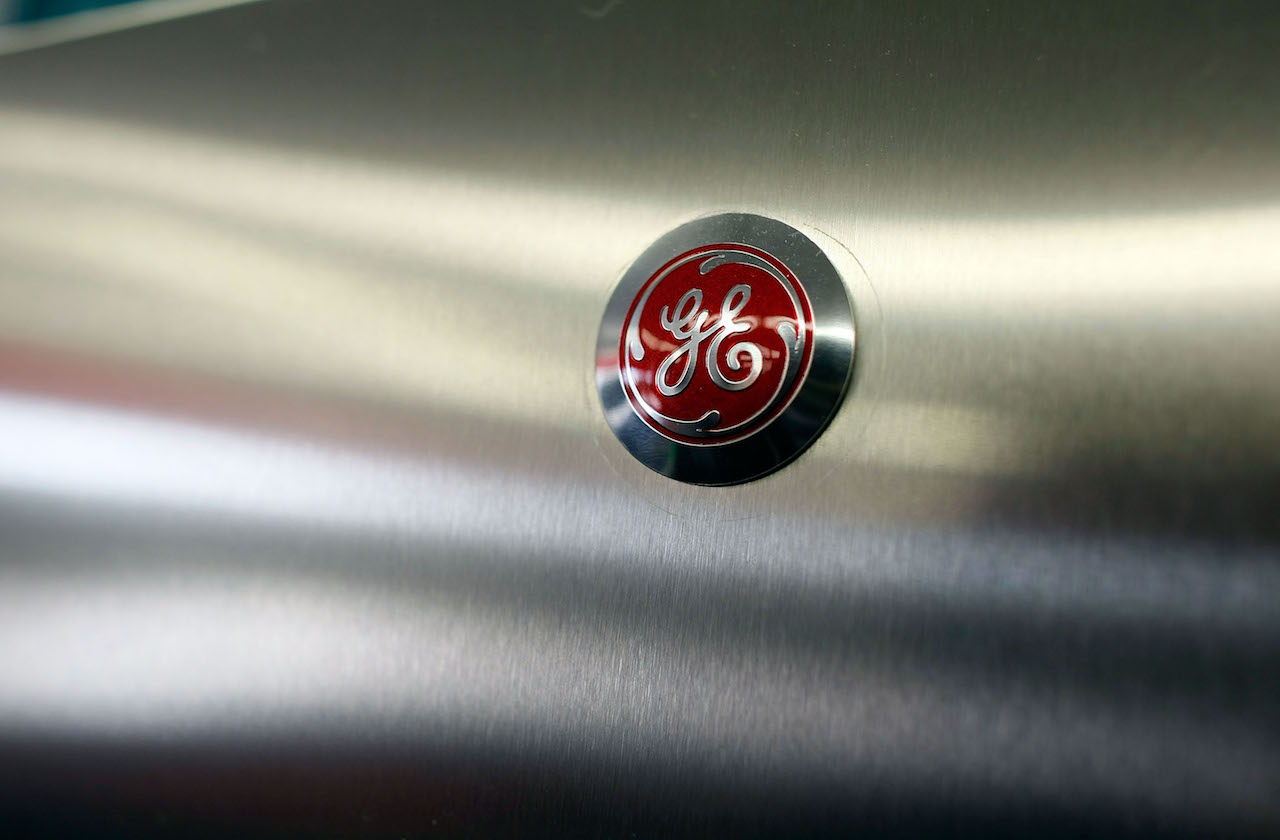
#4: General Electric
- Lifetime wealth creation: $608.1 billion
- Annualized return (July 1926-December 2016): 10.7%
- Current dividend yield: 5.6%
- Current analyst ratings: 2 strong buy, 1 buy, 7 hold, 0 sell, 2 strong sell
As hard as it may be to believe these days, shares in General Electric (GE, $13.33) have been one of the best bets in history. That may not be the case going forward. Shares in the industrial conglomerate have lost more than half their value over the past 52 weeks. Heck, they're down almost 60% on a price basis over the past decade. The Dow, meanwhile, is up more than 90% over the last 10 years.
The company has undergone tremendous change over time. Its latest transformation was spawned during last decade's Great Recession. In response to tightening regulations, management was compelled to sell off the company's sprawling financial operations, a powerful source of profits. The GE of today is a sputtering industrial conglomerate, and investors aren't quite sure what to make of its prospects. Warren Buffett, renowned for his patience, finally threw in the towel and sold his remaining stake in GE in 2017.
General Electric, one of the original 12 Dow stocks, might not have a place in the blue-chip average for much longer.
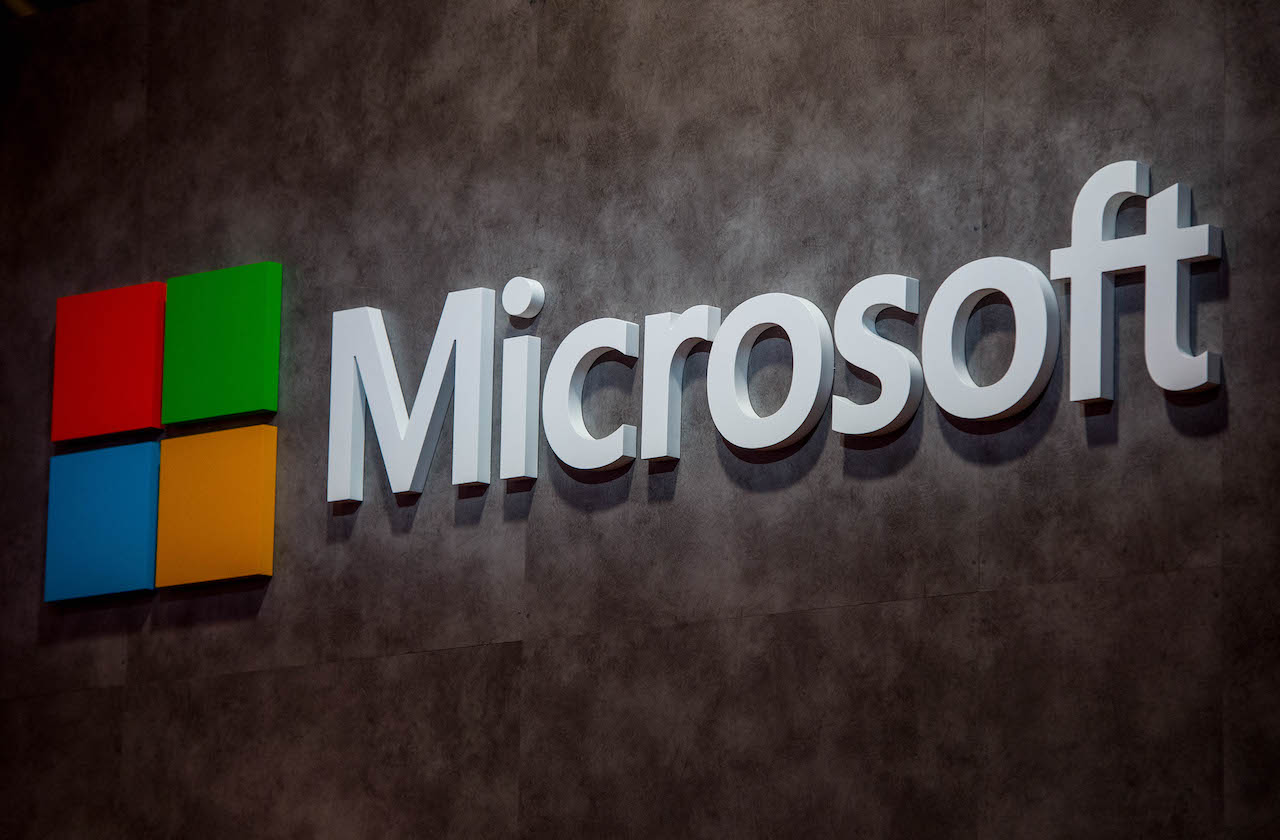
#3: Microsoft
- Lifetime wealth creation: $629.8 billion
- Annualized return (April 1986-December 2016): 25.0%
- Current dividend yield: 1.8%
- Current analyst ratings: 20 strong buy, 1 buy, 4 hold, 1 sell, 1 strong sell
In 1975, Bill Gates dropped out of Harvard to start a computer company with childhood friend Paul Allen. In 1985, the first Windows operating system went on sale. A year later, Microsoft (MSFT, $94.17) went public at $21 a share (or the equivalent of 6 cents a share once the price is adjusted for stock splits and dividends). The company quickly revolutionized personal computing and created a generation of so-called "Microsoft Millionaires."
Not long ago, Microsoft's glory days looked to be behind it as sales of desktop PCs slipped into a seemingly irreversible decline amid the consumer shift to mobile technology. However, the company is experiencing a renaissance thanks to the move away from licensed software to cloud-based subscription software. Today, Microsoft is a top player in cloud computing and its stock reflects this success. Microsoft joined the Dow in 1999 at the height of the dot-com boom.
But you know what often gets overlooked in this story? MSFT has been paying rising dividends since 2004.
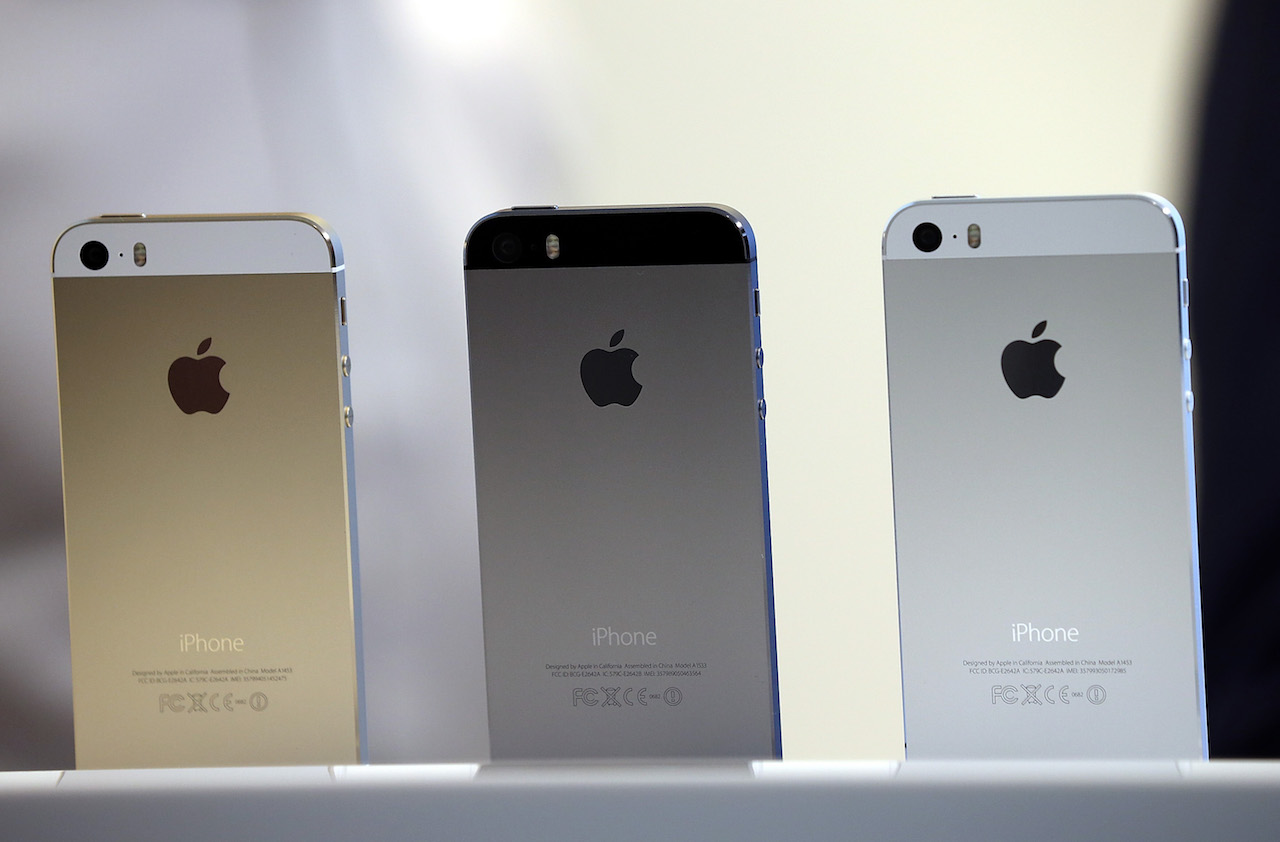
#2: Apple
- Lifetime wealth creation: $745.7 billion
- Annualized return (January 1981-December 2016): 16.3%
- Current dividend yield: 1.5%
- Current analyst ratings: 13 strong buy, 0 buy, 13 hold, 0 sell, 1 strong sell
True, the vast majority of Apple's (AAPL, $175.89) lifetime wealth creation comes from price appreciation. Investors can thank the iPhone for the eye-popping run-up in the value of the stock in recent years. Before founder Steve Jobs debuted the revolutionary smartphone in 2007, Apple was a well-regarded maker of pricey personal computers that catered to niche markets. In the 10-plus years since, more than a billion iPhones have been sold. Shares in Apple have gained more than 900% since the gadget's initial release and the company's cash hoard has grown to epic proportions.
Indeed, with a record $285 billion cash pile, it's safe to say that dividends are going to be a fixture of Apple's future. The company first started paying dividends in 1987, but was forced to scrap the payout in 1995 amid a cash crisis. Apple brought the dividend back in 2012 and has hiked it annually ever since. To get a sense of the dividend's importance to returns, note that AAPL stock is up 191% over the past five years by price alone. Add in the dividends, however, and the total return comes to 221%.
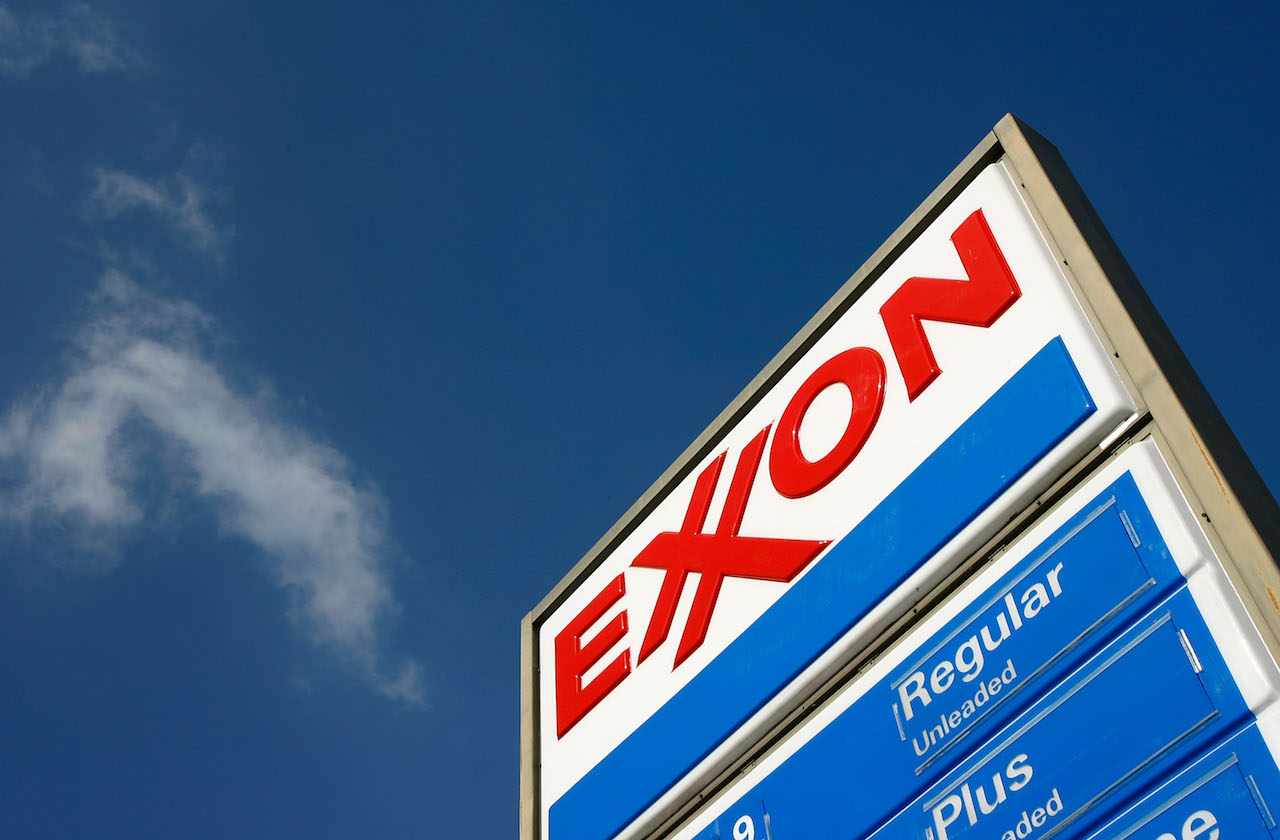
#1: Exxon Mobil
- Lifetime wealth creation: $1.0 trillion
- Annualized return (July 1926-December 2016): 11.9%
- Current dividend yield: 4%
- Current analyst ratings: 3 strong buy, 0 buy, 9 hold, 0 sell, 2 strong sell
Between 1926 and 2016, Exxon Mobil (XOM, $78.54) created a staggering $1 trillion in wealth, according to the "Do Stocks Outperform Treasury Bills?" research study authored by Bessembinder. No doubt the reliable dividend that Exxon has paid out to shareholders since 1882 has contributed mightily to the energy giant's remarkable performance. Over the last 35 years alone, amid cycles of oil booms and oil busts, the company has increased its dividend payment at an average annual rate of 6.3%.
Exxon has been part of the Dow ever since the industrial average expanded to 30 companies in 1928. Back then it was known as Standard Oil of New Jersey. The name officially changed to Exxon in 1972.
Like rival Chevron, Exxon has to contend with uncertainty regarding the future of fossil fuels, not to mention the wild swings in oil prices. The stock's performance reflects that uncertainty; Exxon's share price is lower today than it was a decade ago.
But hey, at least the dividend checks kept coming.
Get Kiplinger Today newsletter — free
Profit and prosper with the best of Kiplinger's advice on investing, taxes, retirement, personal finance and much more. Delivered daily. Enter your email in the box and click Sign Me Up.

Dan Burrows is Kiplinger's senior investing writer, having joined the august publication full time in 2016.
A long-time financial journalist, Dan is a veteran of MarketWatch, CBS MoneyWatch, SmartMoney, InvestorPlace, DailyFinance and other tier 1 national publications. He has written for The Wall Street Journal, Bloomberg and Consumer Reports and his stories have appeared in the New York Daily News, the San Jose Mercury News and Investor's Business Daily, among many other outlets. As a senior writer at AOL's DailyFinance, Dan reported market news from the floor of the New York Stock Exchange.
Once upon a time – before his days as a financial reporter and assistant financial editor at legendary fashion trade paper Women's Wear Daily – Dan worked for Spy magazine, scribbled away at Time Inc. and contributed to Maxim magazine back when lad mags were a thing. He's also written for Esquire magazine's Dubious Achievements Awards.
In his current role at Kiplinger, Dan writes about markets and macroeconomics.
Dan holds a bachelor's degree from Oberlin College and a master's degree from Columbia University.
Disclosure: Dan does not trade individual stocks or securities. He is eternally long the U.S equity market, primarily through tax-advantaged accounts.
-
 Stock Market Today: Stocks Struggle Amid Tariff Uncertainty
Stock Market Today: Stocks Struggle Amid Tariff UncertaintyBoeing dropped after China suspended new aircraft orders, while Bank of America and Citi climbed on earnings beats.
By Karee Venema
-
 Starbucks 2025 Dress Code Changes: See the New Look
Starbucks 2025 Dress Code Changes: See the New LookThe 2025 Starbucks dress code change features a uniformed look as part of creating a more familiar and friendly cafe experience.
By Sean Jackson
-
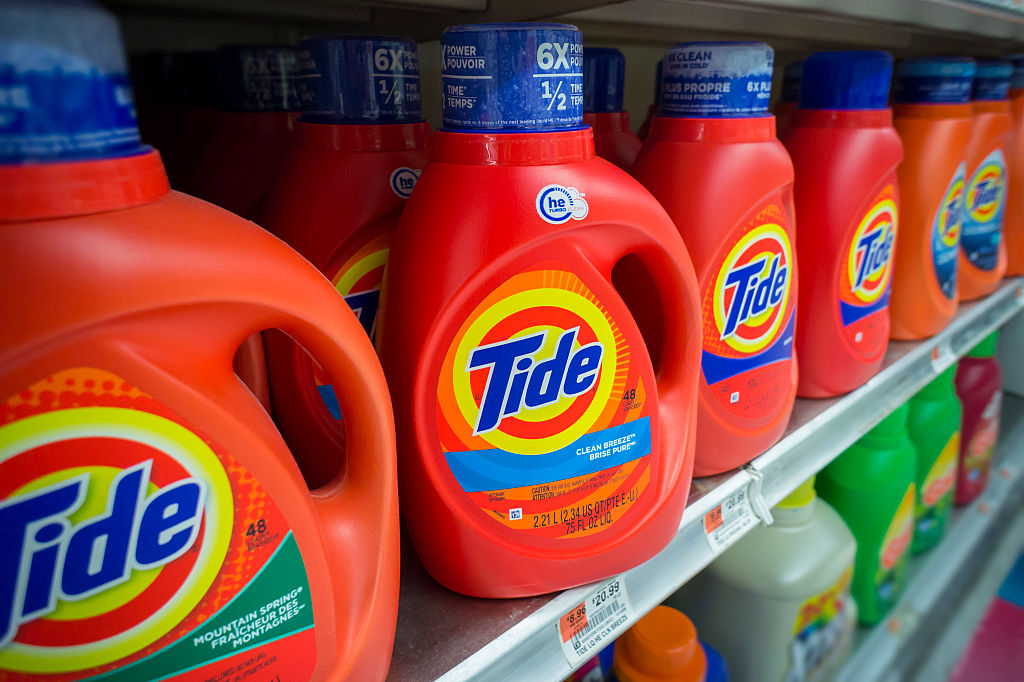 Procter & Gamble Stock Rises on Earnings Beat: What to Know
Procter & Gamble Stock Rises on Earnings Beat: What to KnowProcter & Gamble is trading near the top of the Dow Wednesday after the consumer staples giant beat expectations for its fiscal 2025 second quarter.
By Joey Solitro
-
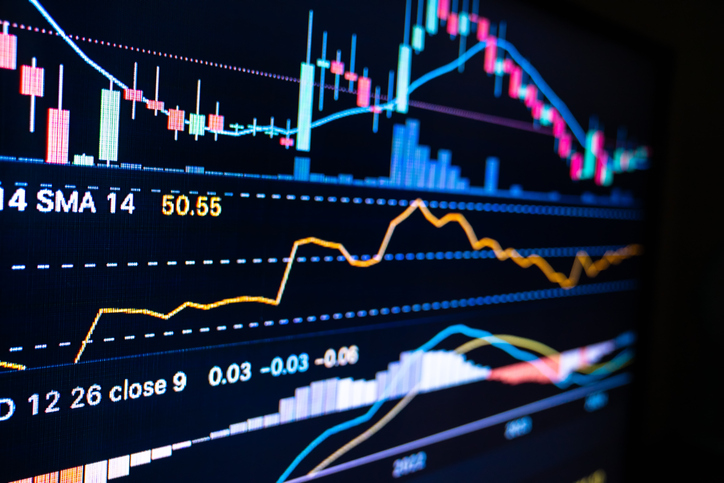 Stock Market Today: Dow Leads as UnitedHealth Stock Pops
Stock Market Today: Dow Leads as UnitedHealth Stock PopsUnitedHealth was the best Dow Jones stock Monday on reports that Medicare Advantage payments could rise in 2026.
By Karee Venema
-
 The Cheapest Places To Retire in the US
The Cheapest Places To Retire in the USWhen you're trying to balance a fixed income with an enjoyable retirement, cost of living is a crucial factor to consider.
By Stacy Rapacon
-
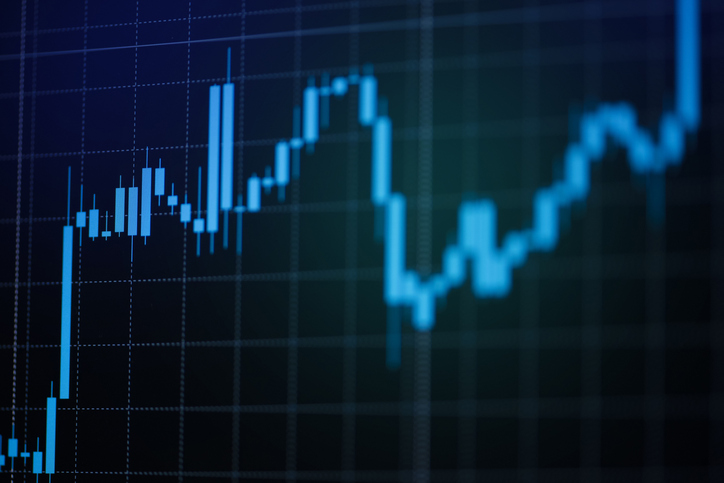 Stock Market Today: Stocks End Mixed After FOMC Minutes
Stock Market Today: Stocks End Mixed After FOMC MinutesThe minutes from the December Fed meeting signaled central bankers' uncertainty over potential Trump administration policies.
By Karee Venema
-
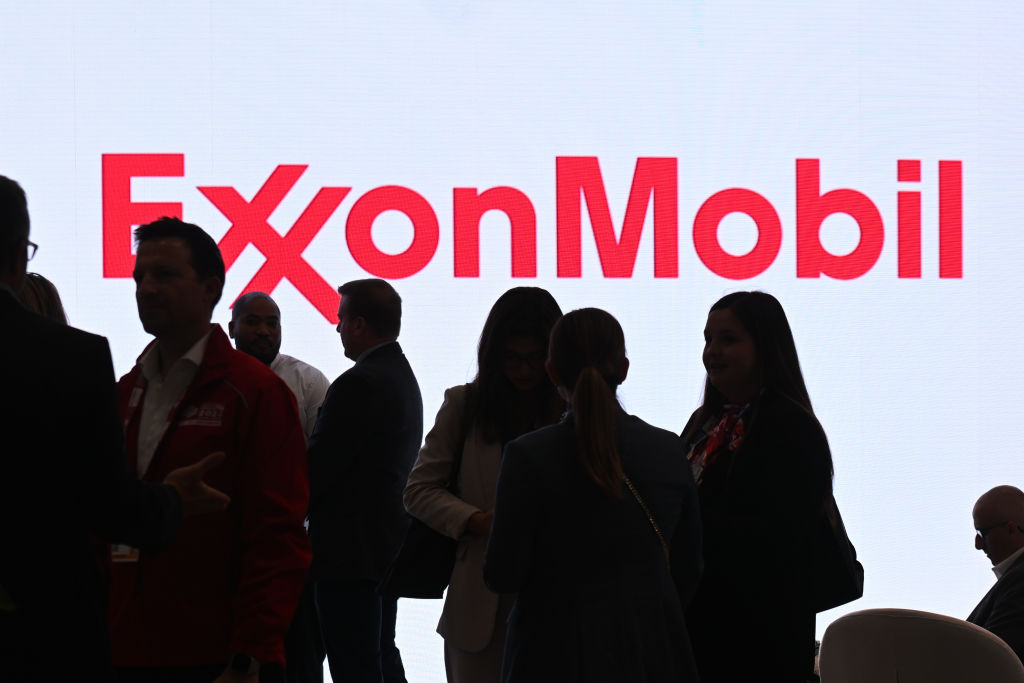 Exxon Mobil's Earnings Warning Shouldn't Worry Investors
Exxon Mobil's Earnings Warning Shouldn't Worry InvestorsExxon Mobil said lower oil prices and refining margins will weigh on earnings, but Wall Street isn't overly concerned. Here's what you need to know.
By Joey Solitro
-
 Stock Market Today: Stocks Renew Rally Ahead of Mag 7 Earnings
Stock Market Today: Stocks Renew Rally Ahead of Mag 7 EarningsThe Dow Jones led the major indexes higher on the strength of old-school industrial stalwart 3M.
By David Dittman
-
 Procter & Gamble Revenue Declines Despite More Price Hikes
Procter & Gamble Revenue Declines Despite More Price HikesProcter & Gamble stock is lower Tuesday after the consumer products giant reported lower-than-expected revenue in its fiscal Q4.
By Joey Solitro
-
 Why You Should Invest in Commodities
Why You Should Invest in CommoditiesThese portfolio diversifiers are in a long-term uptrend and show why you should invest in commodities
By Anne Kates Smith
